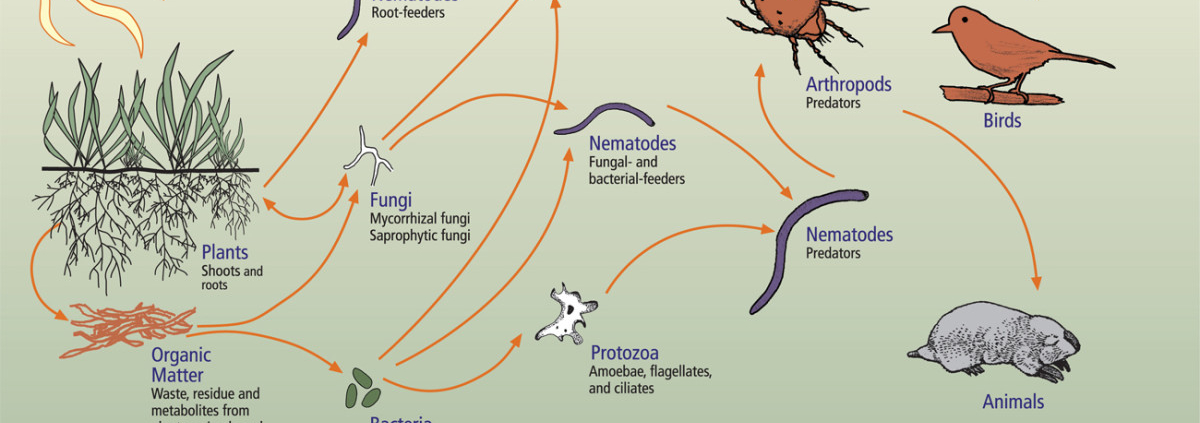Here’s a short, simple video I just added to my YouTube where I do a quick soil test with Earthlight™, find that the soil is quite poor, and then amend the soil with a fresh brew of compost tea. You can see the device spring to life after I amend the soil, indicating that the soil biome has been instantly improved with the addition of beneficial microbes. Behold the simple power of Earthlight™— A soil microbe lab in your pocket. Never be in the dark about your soil quality again.!

The first third party showcase of Earthlight™ in action out in the field is now ready-! Watch as Earthlight™ is tested in a variety of soils out in the wild, in order to find the most desirable potting soil straight from nature. The soil is assessed in terms of content (clay, silt, sand, etc.), visible worms, and other criteria. And the brightness reading from the unit is also assessed to find direct correlations between the soil and the device’s reading. There are 6 parts to the showcase with 6 different areas and samples assessed.
This is just one of many possible use cases for Earthlight™. It’s a great tool for learning about your environment and getting out and exploring. And then empowering yourself in your own garden by being able to incorporate healthy soil from the wild. You can find very active soils on the forest floor for instance, then retrieve a small sample to be made into very highly concentrated JADAM microbial solution. Expect a showcase from us, in-house, in the very near future that covers this amazing application which can save you tons of money on nutrients!
In the meantime, enjoy the work of Quantum Technology Consultants, in their quest to capture Earthlight™ doing what it does best while conducting a meaningful assessment of it’s effectiveness as a simple pocket tool for anyone involved in plants or soil.
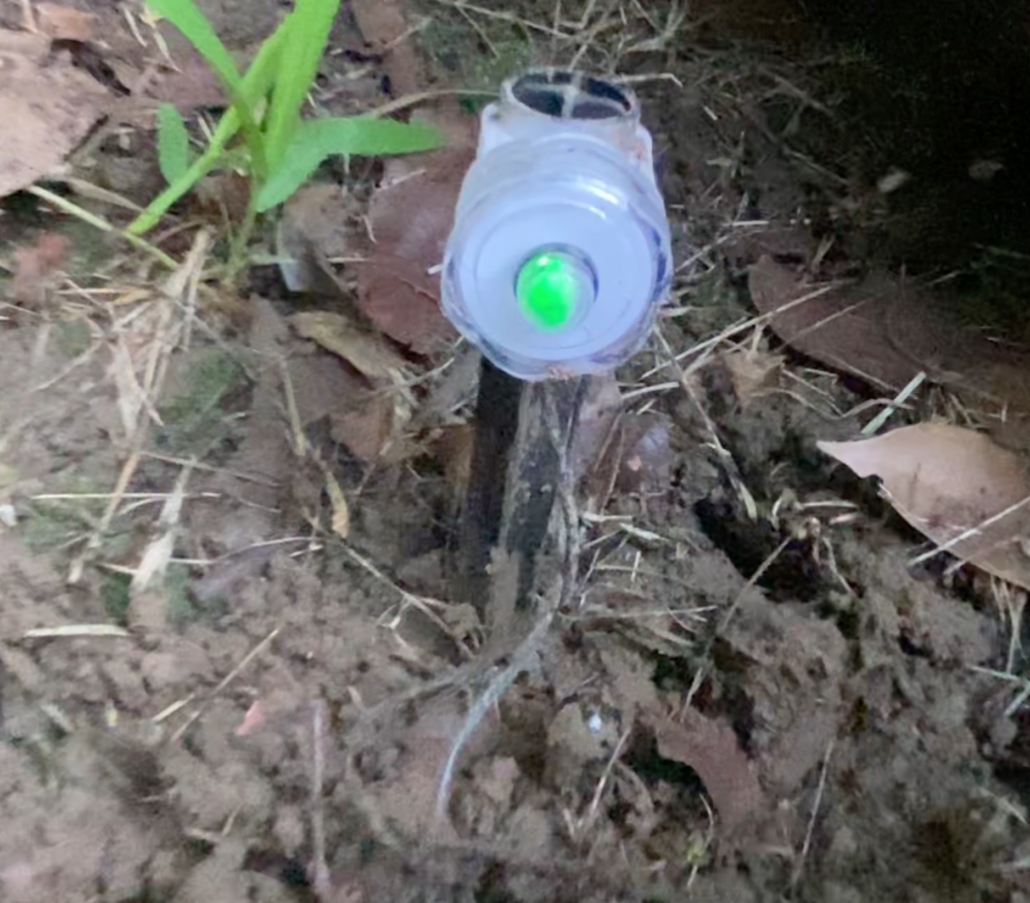
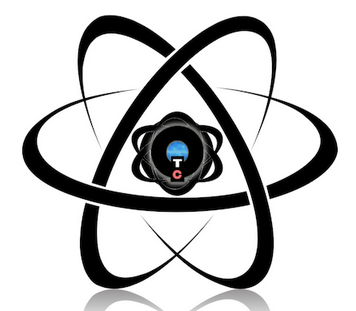
Quantum Technology Consultants (QTC) is building an Earthlight™ Showcase–!
Elemental Ohm will be joining the “Q-Team”. QTC, a consulting firm that focuses on cutting-edge and disruptive upcoming technologies, and helping them get to market will be putting together a showcase for us.
This will include volumes of videos showing Earthlight™ in action, performing in the field and under controlled conditions. There will be scientific experiments and variables to identify and the whole process will be very revealing and exciting.
Check out all of the amazing work that they have done with amazing new technologies, many of which align with our company’s philosophy of improving the world and enabling healthy agricultural practices. Hang tight for lots of new videos of Earthlight™, and our first real third-party review!
QTC has also hired me as a technical consultant, so here’s toward a bright future of collaborations that will no doubt lead to even more innovating from us! There are very cool things in the pipeline, which we will disclose as we go. Get ready for a new era from us in our second year of business, as we are no longer isolated in small-town rural Oregon and have a much wider international reach. Very cool conversations and ideas are being thrown around and we are dusting off old prototypes and creating brand new ones– so buckle your seats!
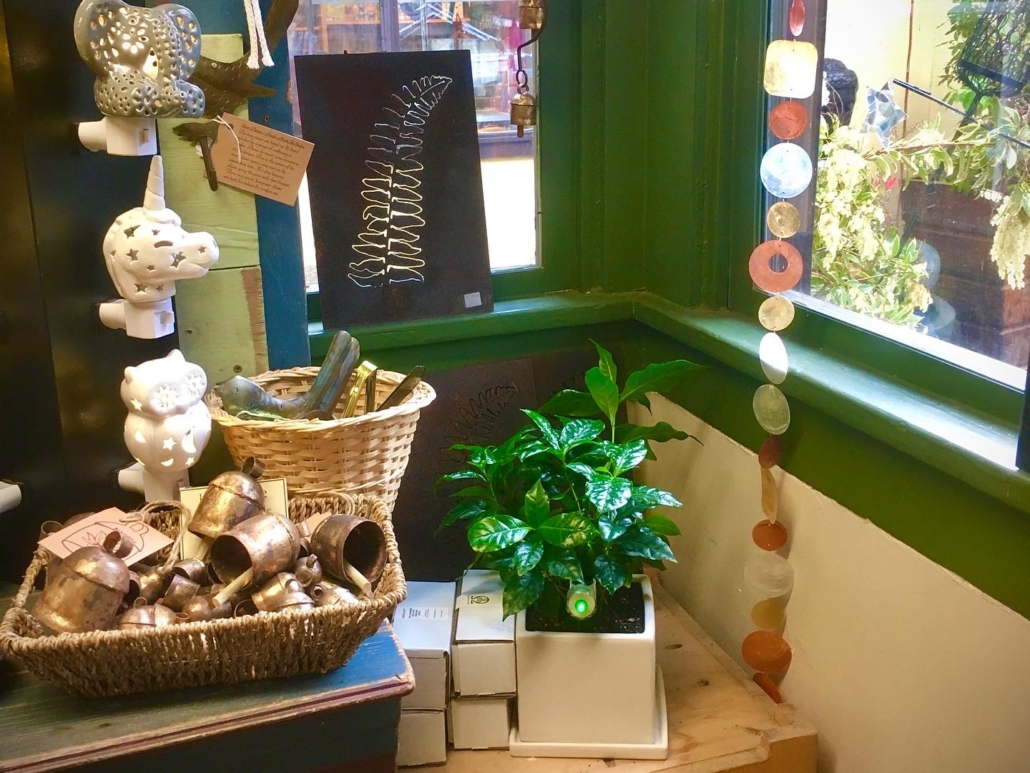
We are very excited to announce our first local retail partnership with Ashland’s own Northwest Nature Shop. They are a really fun and unique store that sells tools to discover nature for children and adults, alike. Pickup crystals, bird feeders, wind chimes, maps, books and many other useful and creative items all in one spot and discover the natural world! Now add Earthlight™ to the list of cool tools you can get there! Exciting times indeed, it feels really cool to have such a unique item at such a unique store in such a great little town. Look forward to many upcoming retail parnerships, as well as a spot at the Saturday Market every week starting in May.
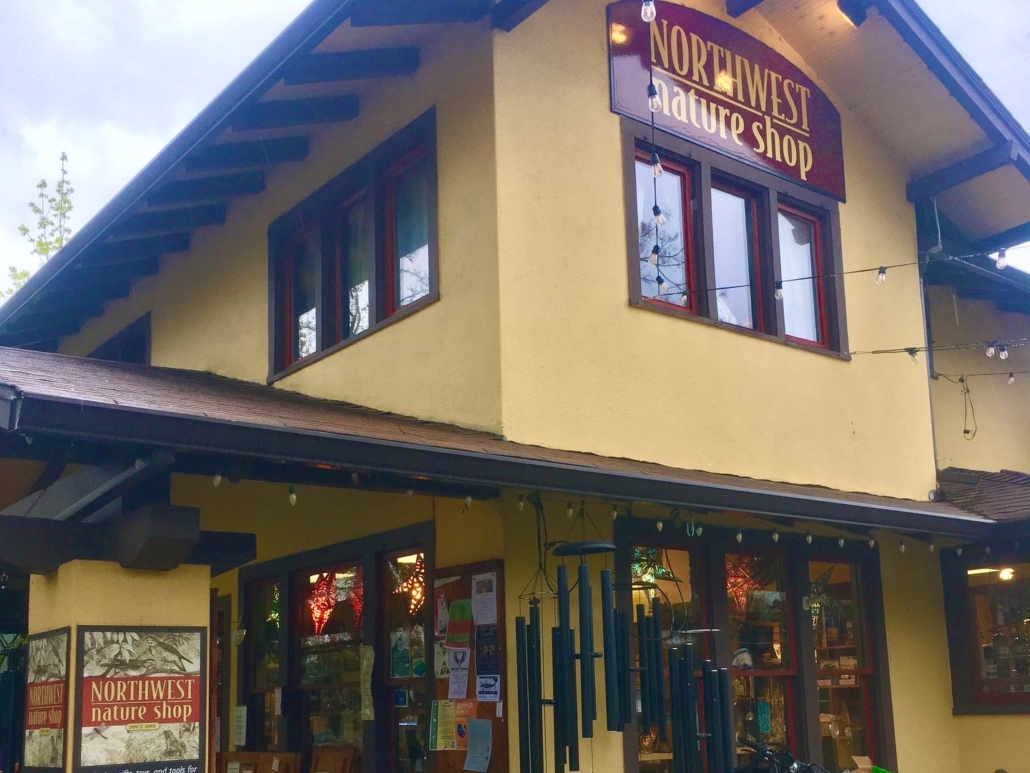
We are just waiting on our new rack card to be put on display at Northwest Nature Shop– look for the green LED in the coffee plant the meantime!

Here’s a little piece from the UK Centre for Ecology and Hydrology:
https://www.ceh.ac.uk/why-do-soil-microbes-matter
The challenge
Microbes are central to all life on Earth due to their huge diversity in form and function. In soils, one teaspoon of topsoil contains around 1 billion individual microscopic cells and around 10,000 different species. These organisms have many tasks, and are central to crop fertility, purifying the environment from pollutants, regulating carbon storage stocks and production/consumption of many significant green house gases, such as methane and nitrous oxides. The economic valuation of soils is in a large part due to soil microbial populations which provide key soil functions. Future climate scenarios may affect microbial populations in soil with many potential consequences, from increased losses of soil carbon due to increased respiration, changes in soil borne greenhouse gas production/consumption and changes to important plant-soil feedbacks giving rise to soil fertility.
Microbes in soil ecosystems
- They cycle most major nutrients required for plant productivity e.g. Nitrogen, Phosphorus
- They protect plants from disease and are intimately associated with plant growth and productivity
- Different types produce and consume most types of major greenhouse gases e.g. Carbon Dioxide, Methane & Nitrous oxide
- They adapt to, and purify the environment, especially water, through degradation of pollutants e.g. removing explosives such as RDX
Microbes and climate change
- Bacteria recycle carbon in soils deposited by living and dead plants ‘The Carbon Standing Stock’
- Whilst plants are good CO2 absorbers, it is activity by soil microbes that determines whether the carbon is stored underground or release back into the atmosphere where it contributes to climate change
- More than three times the carbon is stored in soil than in the atmosphere

